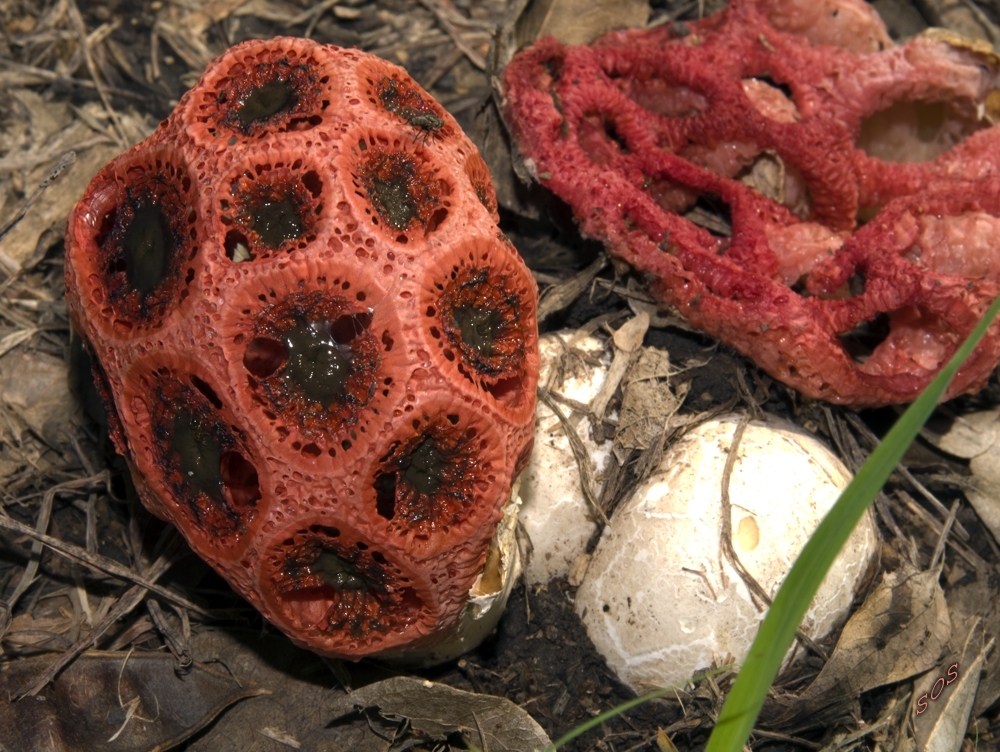by James Bennie
Recently, I read the new book Entangled Life by Merlin Sheldrake which is about the latest research findings on Fungus. Thus I had mushrooms on my mind when this current rainy spell hit. I remember previous unusually wet periods with sustained storms that resulted in quite a flush of mushrooms of all sorts. One year I counted over 30 different types in Ramsey Park over a few weeks. Some were ones I never thought to find here in dry, almost treeless South Texas.
Even edible ones were growing at Ramsey Park. Of course, you should never eat any mushroom unless it is positively identified by an expert. Even then it could be a risk. Mushrooms also absorb all sorts of things from the environment including toxins, pesticides, and heavy metals. Tests showed that mushrooms growing along a highway contain lead from the gasoline fumes that accumulated in the soil. Ramsey Park was once an informal trash dump for construction waste and toxins from this would show up in any mushrooms that grow there.
Even though most mushrooms are not edible and the ID books say they are poisonous, it is safe to handle them. You can make spore prints with ones you find by placing the fresh mushroom cap gills down on a white piece of paper overnight covered with an overturned glass. When the cap is carefully removed, the spores will leave a print on the paper. This can aid in identification of the mushroom by showing the color of the spores.

I remember a Lattice Stinkhorn mushroom that erupted from an egg-like structure to form a baseball sized reddish globe with what looked like mucus-lined holes in it. Stinkhorns live up to their name by smelling putrid to attract flies. The flies then spread the spores to real putrid things to germinate. It was quite a sight near Runyon Garden at Ramsey Park. I wish for a repeat this year of this wonder of nature.
I am hoping the current wet period will bring forth another flush of mushrooms at the park or even in your yard. Keep your eyes open and if the rains continue and we are lucky, we might get another chance to get a peek at the fungus that is growing just below our feet among us.